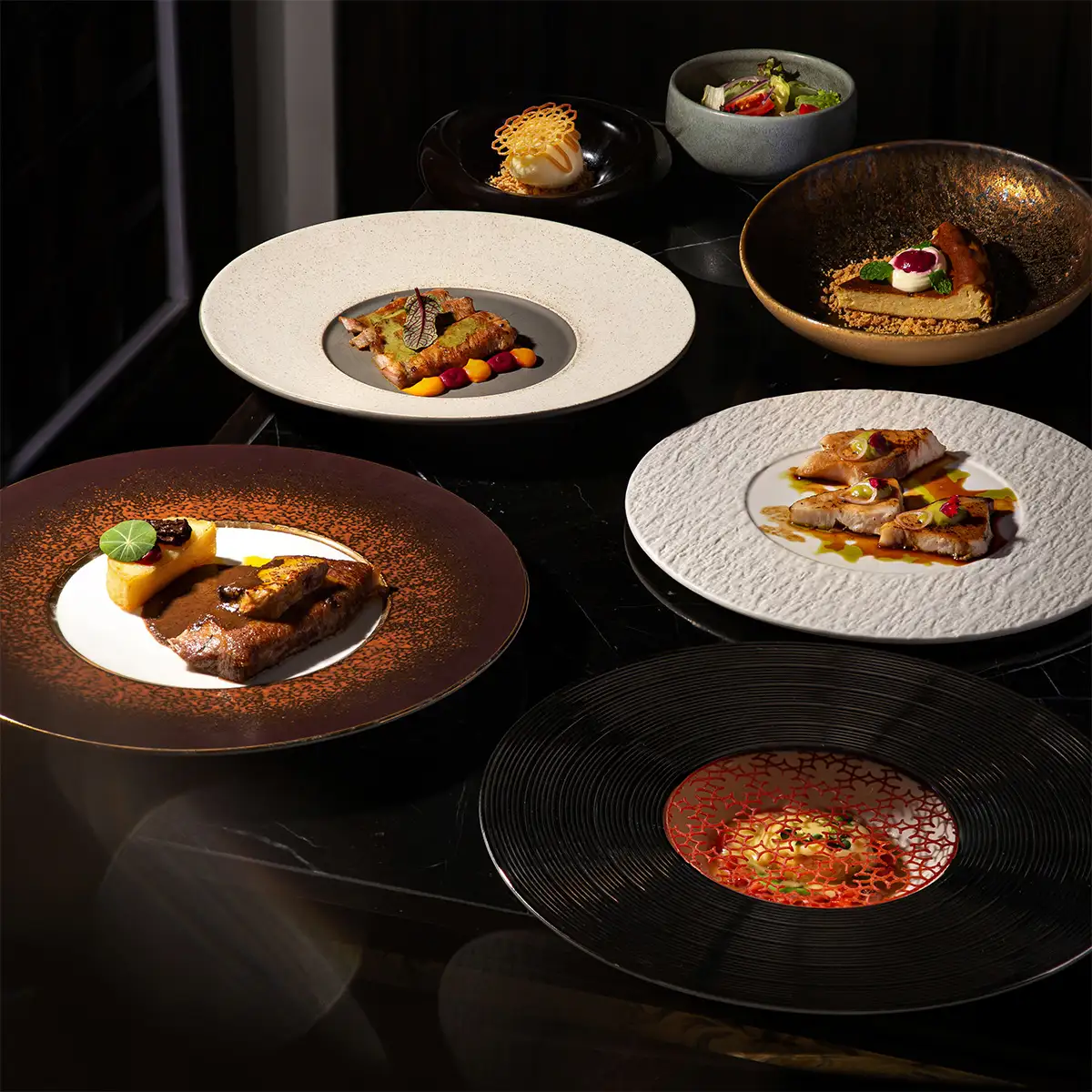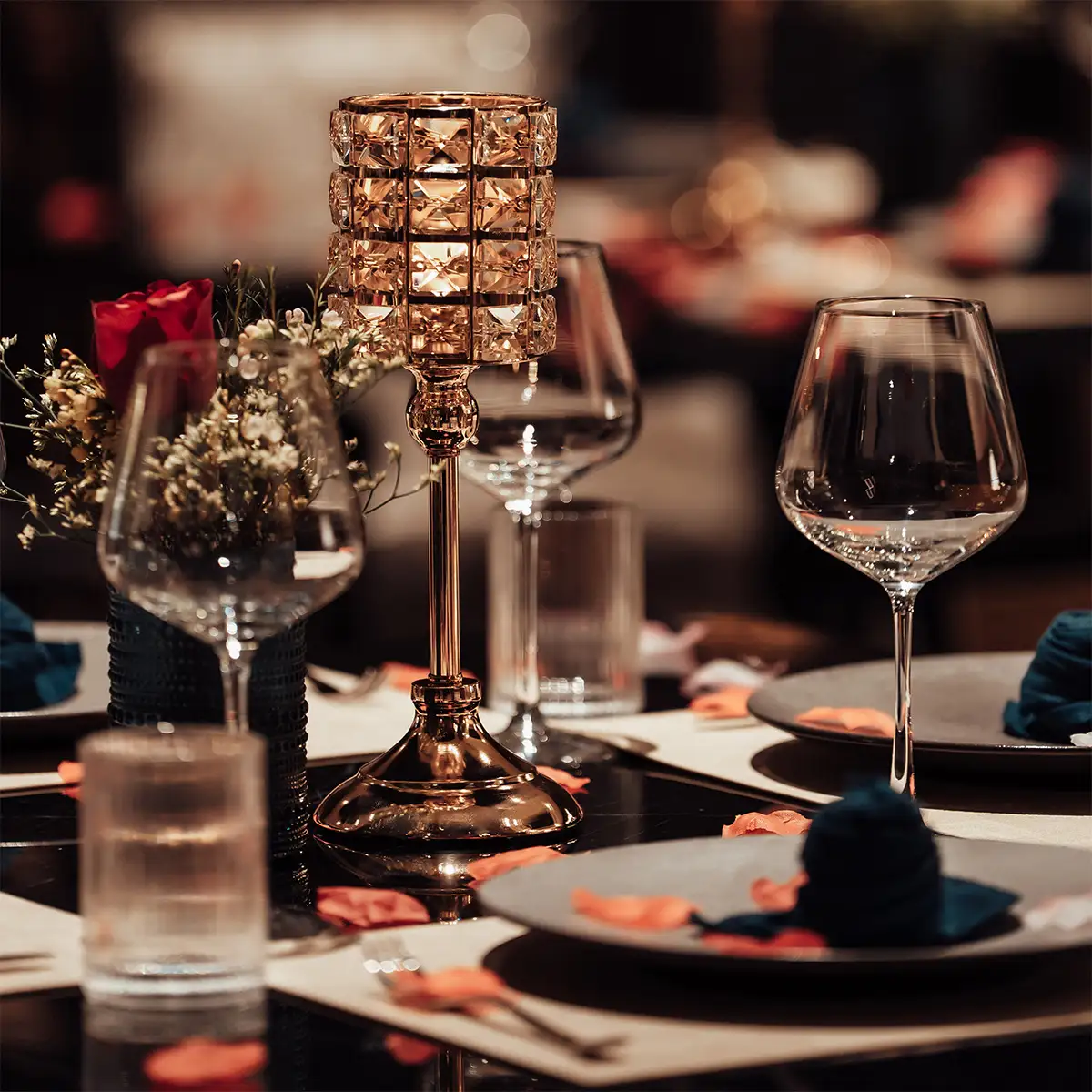The world of fine dining, with its allure of exquisite dishes and impeccable service, often presents a question of economics: why is the fine dining cost notably different from other culinary experiences, and is this elevated fine dining price range truly justified? The fine dining cost is not an arbitrary figure but a reflection of numerous interwoven elements, each contributing to the overall experience. Understanding these can provide a clearer perspective on the investment made for an exceptional meal.
1. Factors affecting fine dining costs
The journey to your plate in a fine dining setting begins long before you arrive, with careful consideration given to every detail. Each of these components plays a role in the final fine dining cost.
Ingredients:
The foundation of any memorable dish lies in the quality of its components. Fine dining establishments prioritize:
- High-end, rare, and often imported ingredients: Think of the luxurious brininess of Osetra caviar, the earthy aroma of fresh Alba truffles, or the unparalleled marbling of A5 Wagyu beef. These items are often sourced from specific regions globally, incurring significant procurement and transportation costs.
- Fresh, seasonal ingredients with clear origins: Emphasis is placed on ingredients at their peak, often sourced from local purveyors or specialty farms known for their quality. This commitment to freshness and traceability contributes to the fine dining price range.
- Examples of expensive ingredients: Beyond caviar, truffles, and Wagyu, other examples include saffron, Pata Negra Ibérico ham, and certain varieties of wild-caught seafood like bluefin tuna or specific oysters. The rarity, harvesting difficulty, and intense flavor profiles of such ingredients naturally elevate their cost.

Rare, seasonal, and exquisite ingredients that define fine dining excellence.
Cooking techniques:
The transformation of these premium ingredients into culinary art requires exceptional skill and methodology.
- Use of complex techniques that require time and meticulousness: Haute cuisine often involves methods that are labor-intensive and demand precision.
- Highly skilled chefs with years of experience: The expertise of the culinary team, often with years of training in renowned kitchens, is a significant factor. Their ability to execute complex techniques flawlessly is paramount.
-
Examples of elaborate cooking techniques:
- Sous vide: This technique involves vacuum-sealing food and cooking it in a precisely regulated water bath for extended periods, resulting in perfectly even cooking and retained moisture.
- Spherification: A molecular gastronomy technique used to shape liquids into spheres, creating unique textures and presentations, often seen with fruit juices or savory liquids.
- Confit: A traditional French technique of slow-cooking an ingredient (commonly duck) in its own fat at a low temperature, yielding incredibly tender and flavorful results.
- Other techniques include multi-stage reductions for sauces, intricate knife work (e.g., brunoise), and delicate emulsion preparations.
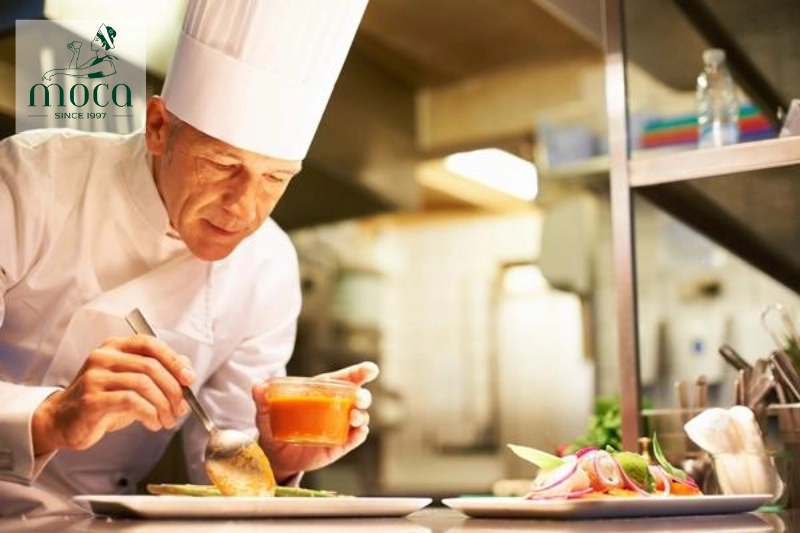
Precision techniques and years of expertise turn premium ingredients into culinary artistry.
Dish presentation:
The visual aspect of fine dining is integral to the experience, often described as "eating with your eyes first."
- Artistry and creativity in the arrangement: Chefs treat the plate as a canvas, meticulously arranging each component to create a visually stunning and harmonious presentation. This involves careful consideration of color, texture, height, and balance.
- Use of high-end, luxurious tableware: The quality of the china, glassware, and cutlery complements the food and enhances the overall aesthetic.
- Examples of beautifully and impressively presented dishes: Imagine a delicate seafood mosaic, a vibrant dessert with spun sugar and micro-flowers, or a main course where every element is strategically placed to create a landscape on the plate. Restaurants often use custom-made plates or unique serving vessels to further enhance the presentation.
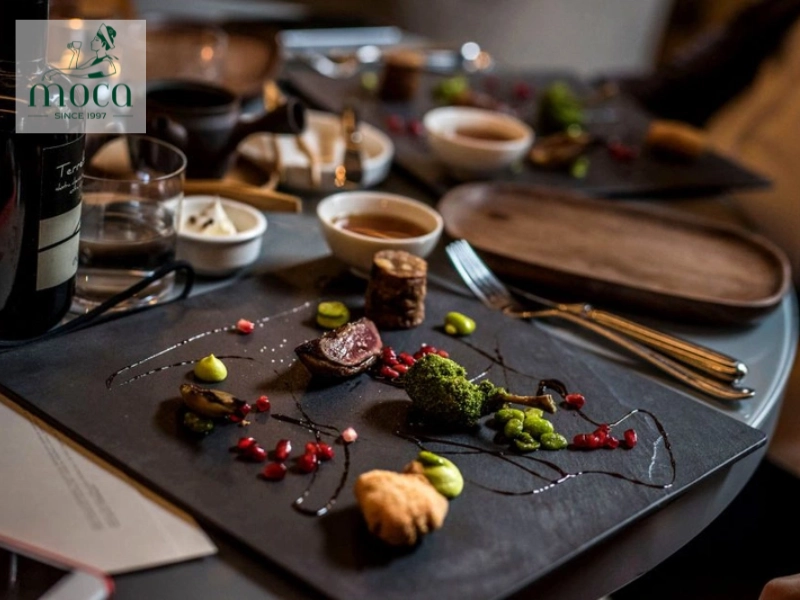
Fine dining plates are crafted to delight both the eyes and the palate.
Service:
The service in a fine dining restaurant aims to be anticipatory, knowledgeable, and seamless.
- Professional, dedicated staff with knowledge of cuisine and wine: Servers are often highly trained, possessing in-depth knowledge of the menu, ingredients, preparation methods, and wine pairings. The staff-to-guest ratio is typically higher than in other dining formats, allowing for more attentive service.
- Luxurious, sophisticated space that creates a comfortable, relaxing atmosphere: The ambiance, including decor, lighting, music, and overall design, is carefully curated to provide an elegant and comfortable environment.
- Examples of special services: These can include a dedicated sommelier to guide wine selection, tableside preparations or presentations, personalized menu adjustments for dietary restrictions, and discreet yet constant attention to guest needs.
Location:
The physical setting of the restaurant also plays a part.
- Prime location, city center, or popular tourist area: Restaurants in desirable and accessible locations often face higher real estate costs.
- High rental costs: These operational overheads are naturally factored into the overall fine dining price range.
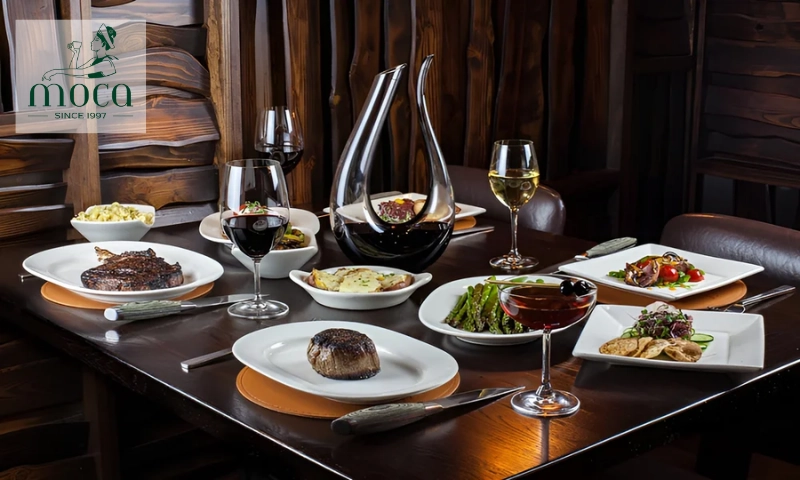
Fine dining is as much about experience as it is about cuisine.
2. Comparing fine dining costs with other types of cuisine
When evaluating the fine dining cost, it's helpful to compare it with other dining segments.
- Comparison with casual dining, fast food, family restaurants: Casual dining offers a more relaxed atmosphere and moderately priced menus, while fast food prioritizes speed and affordability. Family restaurants typically focus on value and a broader appeal.
- Analysis of the factors that create differences in cost: The primary differentiators lie in ingredient quality, complexity of preparation, level of service, and ambiance. Fine dining invests significantly more in each of these areas. For instance, casual dining might use good quality ingredients, but fine dining seeks out exceptional or rare ones. Service in casual settings is friendly and efficient, whereas in fine dining, it is more personalized and detailed.
-
Table comparing the average costs of different types of cuisine:
- Fast Food: $5 - $15 per person
- Fast Casual: $10 - $20 per person
- Casual Dining: $15 - $50 per person
- Fine Dining: $50 to several hundred dollars per person, with some ultra-luxurious experiences exceeding $1000. The fine dining price range is broad, reflecting the diversity within this category itself.
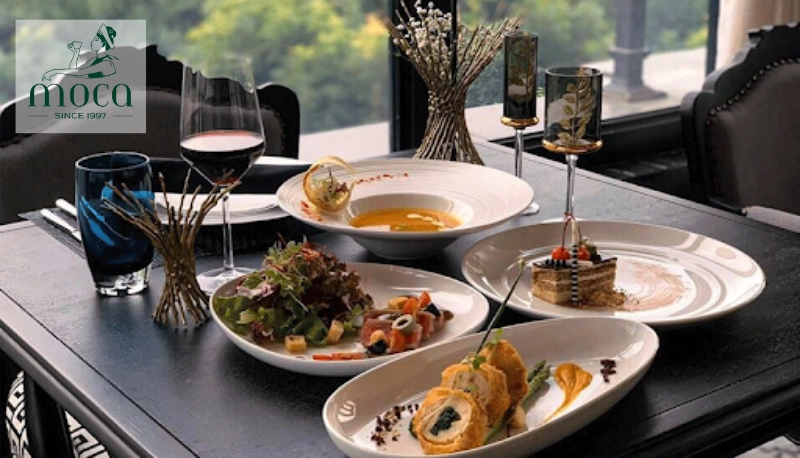
From fast food to fine dining, cost reflects quality, service, and experience.
Learn more: Fine Dining Restaurant: Discover The Ultimate Culinary Experience
3. Value received when experiencing fine dining
The higher fine dining cost corresponds to a heightened and multi-sensory experience.
- Unique, creative dining experience that cannot be found elsewhere: Fine dining restaurants often serve as incubators for culinary innovation, offering dishes and flavor combinations that are original and thought-provoking.
- Harmonious combination of flavors, colors, and presentation: Each dish is conceived as a complete work, where every element contributes to the overall sensory impact.
- Professional, dedicated, and attentive service: The goal is to make guests feel pampered and well-cared for, anticipating their needs without being intrusive.
- Luxurious, sophisticated space that creates a relaxing, comfortable atmosphere: The environment is designed to be an escape, allowing diners to fully immerse themselves in the experience.
- Opportunity to enjoy delicious, rare dishes prepared by talented chefs: It's a chance to taste ingredients and culinary creations that are not typically accessible.
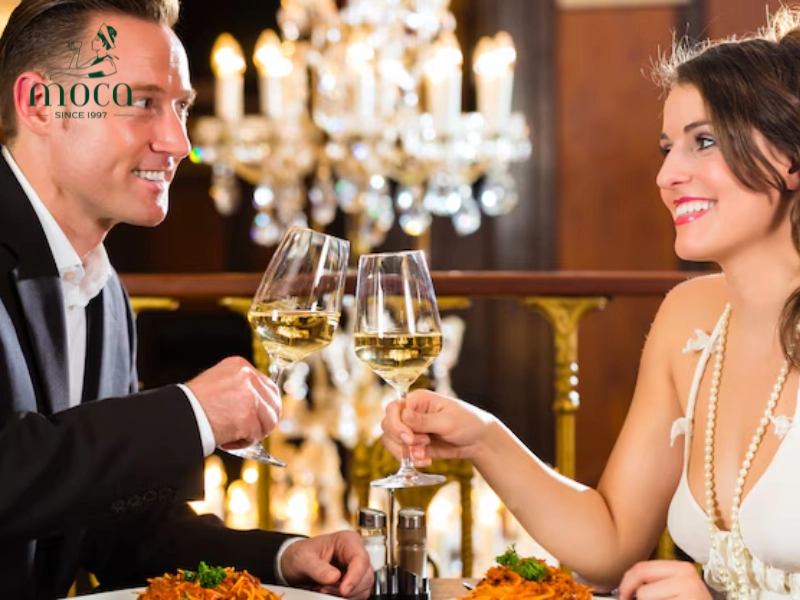
More than a meal: Fine dining offers a rare blend of flavor, artistry, and exceptional care.
4. Tips for saving costs when experiencing fine dining
While fine dining is an investment, there are ways to experience it more economically.
- Choose a restaurant that fits your budget: Research menus and fine dining price ranges online beforehand. Many establishments offer different menu formats (e.g., à la carte vs. tasting menus) which can affect the final cost.
- Dine on special occasions with promotions: Some restaurants offer special menus or pricing during holidays, restaurant weeks, or for early bird seatings.
- Make a reservation in advance for better prices: While not always directly impacting price, booking ahead, especially for specific deals or off-peak times, can sometimes offer advantages. Opting for lunch instead of dinner can often provide a similar experience at a lower fine dining cost.
- Choose a set menu instead of ordering a la carte: Prix fixe or tasting menus can offer better value by providing a curated selection of courses at a set price.
- Share dishes with friends: If the restaurant's policy and portion sizes allow, sharing can be a way to sample more dishes without significantly increasing the individual fine dining cost. However, this is more common in upscale casual settings than traditional fine dining.
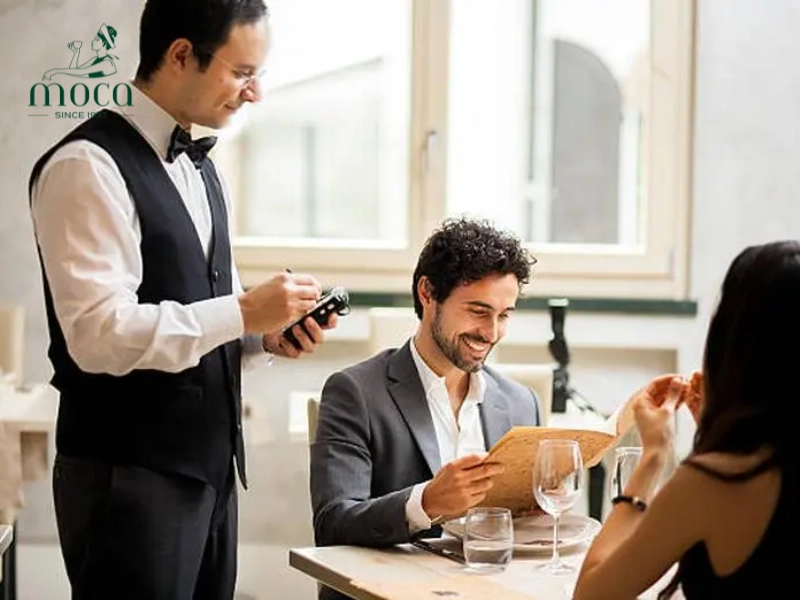
Strategic choices can make fine dining more accessible without compromising quality.
Learn more: Fine Dining Menu: A Culinary Journey at Moca Dining
5. Cost and value at Moca Dining
At Moca Dining, we strive to provide an exceptional fine dining experience where the fine dining cost is a true reflection of the value delivered.
Moca Dining offers a sophisticated ambiance and a menu that emphasizes. Our fine dining price range for a multi-course experience typically falls between providing a general price range, e.g., 250.000 đ to 3.000.000 đ per person, or mention average entree prices.
- Ingredients: We are committed to sourcing the highest quality ingredients, prioritizing fresh, local produce, premium imported meats and seafood, artisanal cheeses.
- Techniques: Our culinary team, led by chef Hong Son, employs a blend of classic and innovative techniques to create dishes that are both delicious and visually appealing.
- Presentation: Each dish at Moca Dining is thoughtfully plated to enhance your sensory experience, reflecting an appreciation for culinary artistry.
- Service: Our service staff is trained to be attentive, knowledgeable, and discreet, ensuring your comfort and satisfaction throughout your meal.
- Space: The design of Moca Dining aims to provide an elegant yet welcoming atmosphere, perfect for intimate dinners, celebrations, or important business meals.
- Compare costs at Moca Dining with other fine dining restaurants in the area: We believe Moca Dining offers a competitive fine dining cost when considering the quality of ingredients, culinary expertise, service standards, and overall experience. Our fine dining price range is positioned to offer exceptional value within the local upscale dining scene.
- Customer reviews and feedback on cost and value at Moca Dining: We are consistently heartened by feedback from our patrons who appreciate the balance of quality and fine dining cost at Moca Dining. We encourage you to experience Moca Dining firsthand.
- Encourage readers to experience fine dining at Moca Dining to evaluate for themselves: We invite you to join us at Moca Dining to personally experience the meticulous care and passion that goes into every aspect of your meal, allowing you to judge the exceptional value we aim to provide.
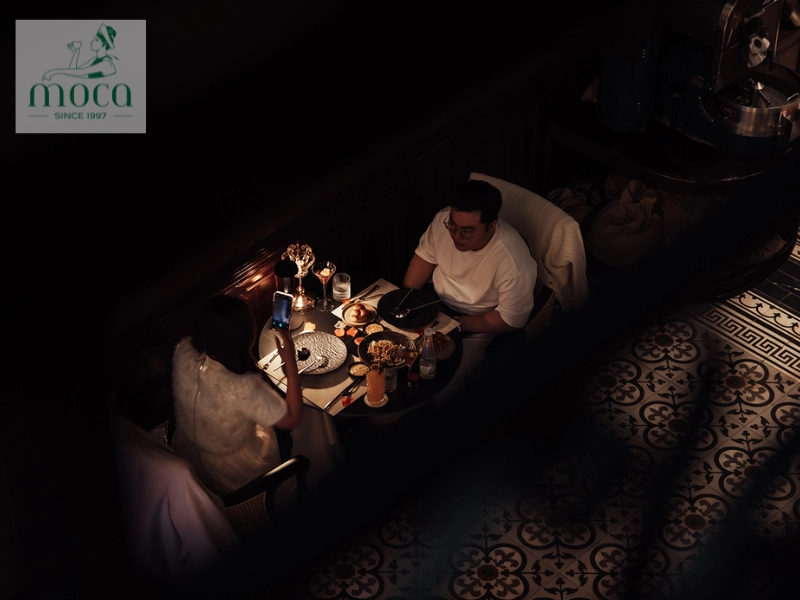
Experience elevated dining at Moca: Where exceptional quality meets thoughtful value in every detail.
In conclusion, the fine dining cost is a composite of many factors, from the rarity of ingredients and the skill of the chefs to the attentiveness of the service and the elegance of the surroundings. While the fine dining price range can be higher than other dining options, it often corresponds to a unique and memorable gastronomic experience. When chosen thoughtfully, fine dining offers significant value in terms of culinary artistry, exceptional service, and a truly special occasion.
Moca Dining is dedicated to being an ideal fine dining destination, offering a harmonious blend of reasonable fine dining cost and excellent quality. We believe that every meal with us is an investment in an unparalleled experience, and we look forward to welcoming you.








